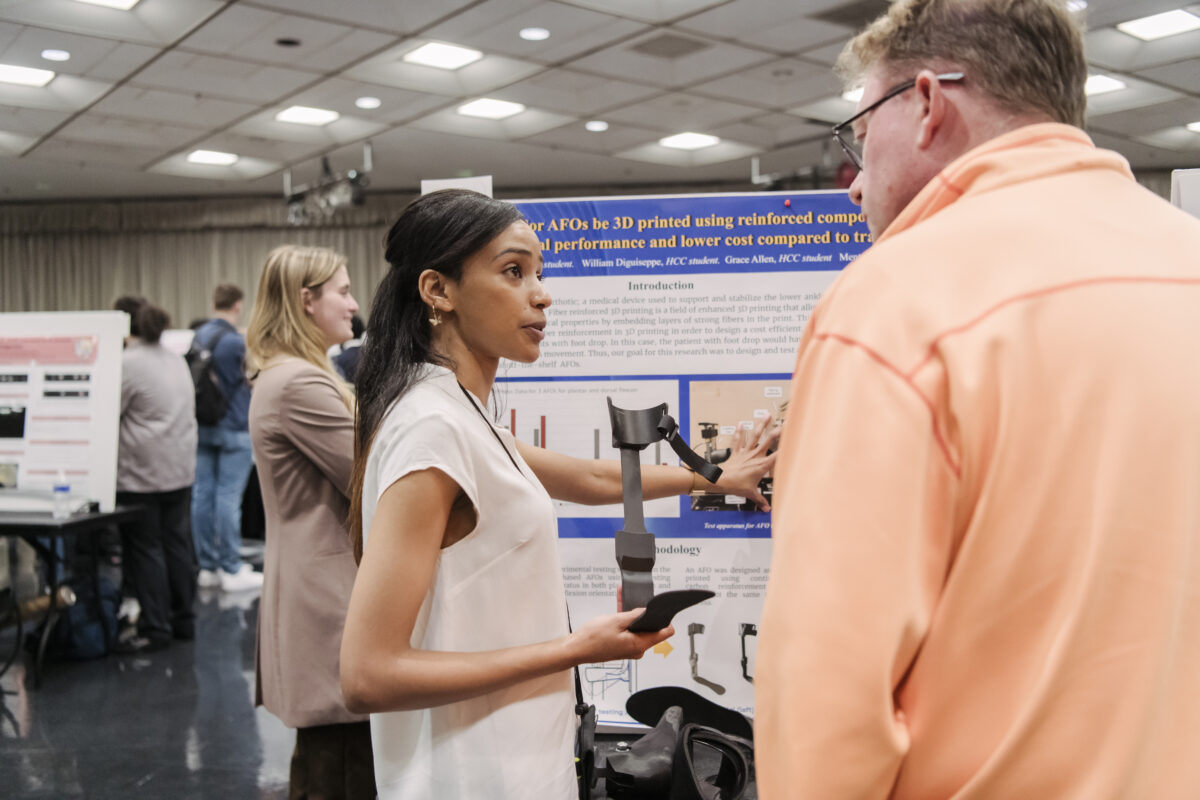In an article for The Conversation this week, Neel Savani, UMBC researcher at NASA Goddard, reviewed the disruption solar storms can cause and how a new forecasting technique developed at NASA Goddard can provide a 24 hour warning.
 Solar storms are explosions from the surface of the sun that can shoot out into space and affect the planets they pass. Savani explains how solar storms affect the Earth, saying, “If a solar storm makes it to Earth, it can disrupt a variety of modern technologies including GPS and high-frequency communications, and even power grids on the ground, causing radio blackouts and citywide loss of power.” Currently, there is a 60 minute warning when a solar storm is approaching, but industries have been looking for a way to receive at least 24 hours of warning in order to safely prepare for a storm.
Solar storms are explosions from the surface of the sun that can shoot out into space and affect the planets they pass. Savani explains how solar storms affect the Earth, saying, “If a solar storm makes it to Earth, it can disrupt a variety of modern technologies including GPS and high-frequency communications, and even power grids on the ground, causing radio blackouts and citywide loss of power.” Currently, there is a 60 minute warning when a solar storm is approaching, but industries have been looking for a way to receive at least 24 hours of warning in order to safely prepare for a storm.
Savani and his colleagues at NASA Goddard have proposed a new way of forecasting solar storms which would provide a 24 hour warning by better predicting the magnetic structure of a storm. “Getting a better handle on the origin of these solar storms is a substantial step toward predicting how the storm can affect us on Earth, and to what extent,” Savani writes. Currently, the researchers are testing the technique against historical events and improving the user interface and implementation into current systems. They hope that once the technique is shown to be reliable and statistically significant, it will become a regular tool used by the Space Weather Prediction Center at the National Oceanic and Atmospheric Administration.
Click here to read “New solar storm forecasting technique breaks the 24-hour warning barrier for Earth” on The Conversation.



